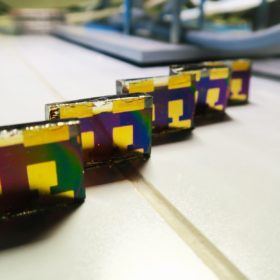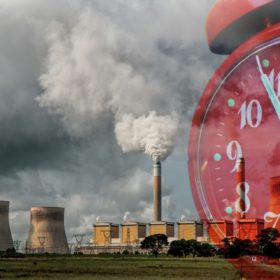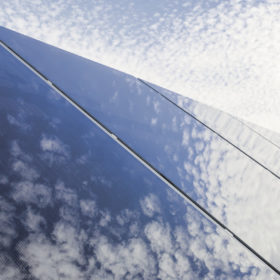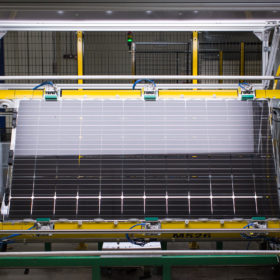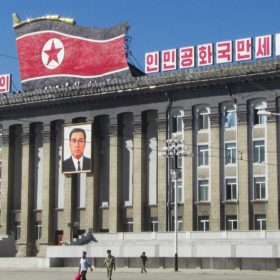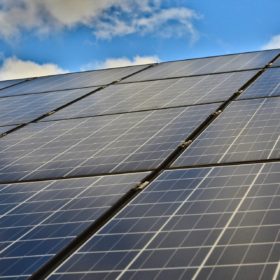EDF secures a slice of UK supermarket Tesco’s corporate solar plan
The French energy giant will provide supermarket Tesco with electricity from 17 rooftop PV installations and two wind farms for a renewables portfolio generation capacity of 59 MW. The groceries retailer has announced plans to install 187 solar rooftops.
Perovskite solar cells need proteins
A U.S. research team has used protein bacteriorhodopsin to improve the efficiency of what it called ‘bioperovskite’ solar cells. The scientists used Förster Resonance Energy Transfer to predict the strength of long-range excitonic transport between the perovskite and protein layers.
Is Eskom turning to solar?
The South African utility has issued a 20-strong tender for 50 kW solar inverters and mounting structures, to be used in four power plants. Although it is unclear whether the tender marks the energy company’s first step into solar energy, the procurement follows the recent publication of South Africa’s Integrated Resource Plan. Eskom is reportedly developing a renewables-linked large scale storage project which may explain the need for inverters.
PV against cancer
Research from the United States has demonstrated how PV technology can be used to kill cancer cells. Although still at an embryonic stage, the findings of the study and initial test results suggest solar power could be an effective tool in relation to light-activated fluorescent dyes for disease diagnosis, image-guided surgery and site-specific tumor treatment.
Afghanistan kicks off tender for another 40 MW solar project
The facility will be developed under the World Bank’s Scaling Solar initiative on a public-private partnership basis in Herat province.
First Solar is sold out through mid-2021
The thin film PV maker has reported solid third-quarter results after the opening of its massive, 1.3 GW factory in Ohio.
Enel kicks-off production at Italy’s heterojunction module factory
The manufacturing facility, idled a few years ago, will produce bifacial modules. The company claims panel efficiency exceeds 20.5% and the factory has an annual production capacity of around 200 MW.
Portugal drafts new rules to boost rooftop solar
The regulations will come into effect on January 1 and will improve upon the regime introduced in 2014. The new provisions will for the first time provide a legislative framework for energy communities and storage deployment.
North Korea plans 2.5 GW solar plant with Chinese help
China will build the huge solar park at its own cost for its energy-hungry neighbor in exchange for access to rare earths. The project was announced by the Association of China Rare Earth Industry.
Statkraft buys 326 MW of solar projects in Ireland
The Norwegian power company acquired the projects for around $17.3 million. The transaction indicates interest in large scale solar is on the rise in Ireland and unsubsidized projects are viable.

